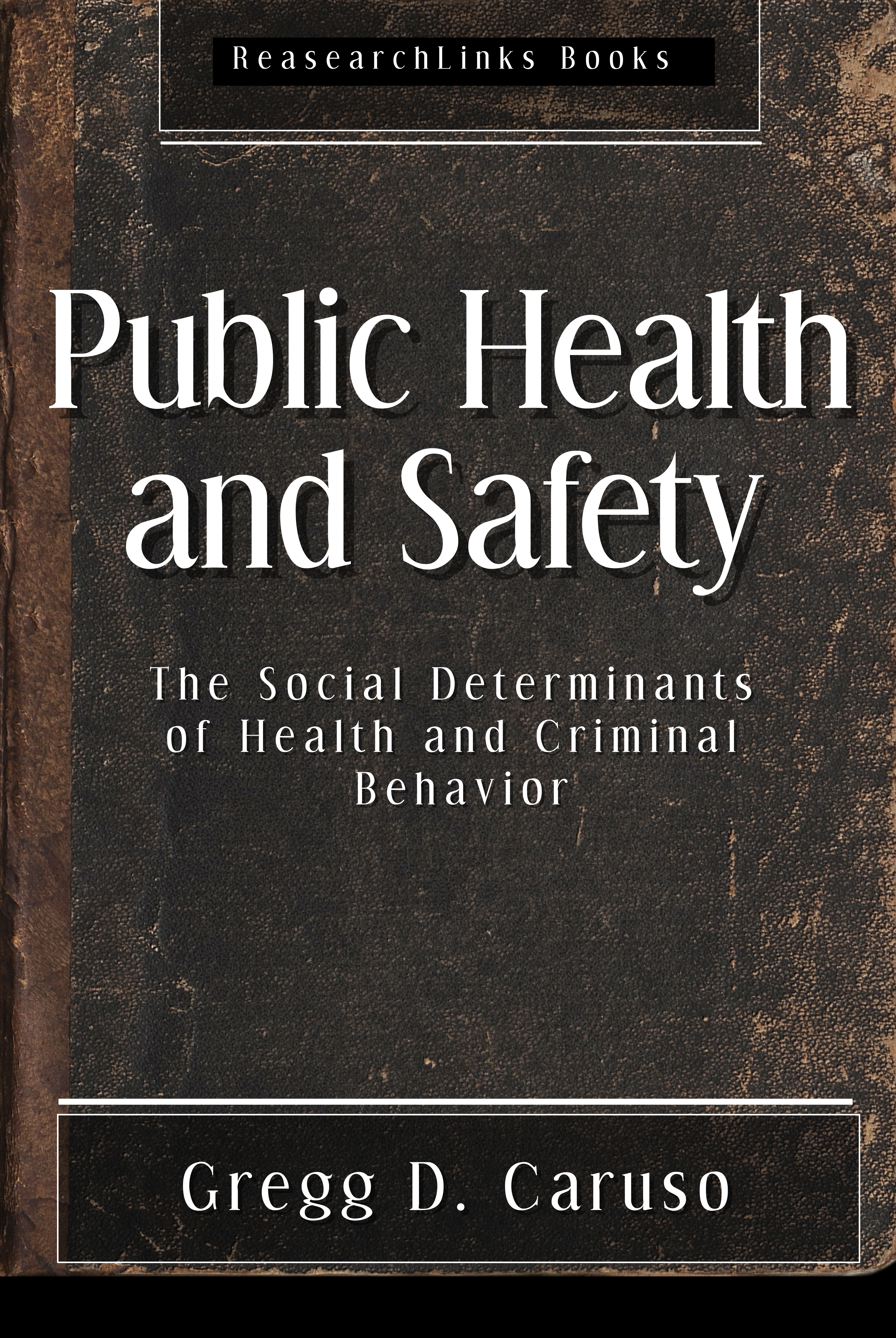There are a number of important links and similarities between public health and safety. In this extended essay, Gregg D. Caruso defends and expands his public health-quarantine model, which is a non-retributive alternative for addressing criminal behavior that draws on the public health framework and prioritizes prevention and social justice. In developing his account, he explores the relationship between public health and safety, focusing on how social inequalities and systemic injustices affect health outcomes and crime rates, how poverty affects brain development, how offenders often have pre-existing medical conditions (especially mental health issues), how involvement in the criminal justice system itself can lead to or worsen health and cognitive problems, how treatment and rehabilitation methods can best be employed to reduce recidivism and reintegrate offenders back into society, and how a public health approach could be successfully applied within the criminal justice system. Caruso's approach draws on research from the health sciences, social sciences, public policy, law, psychiatry, medical ethics, neuroscience, and philosophy, and he delivers a set of ethically defensible and practically workable proposals for implementing the public health-quarantine model.
The essay begins by discussing recent empirical findings in psychology, neuroscience, and the social sciences that provide us with an increased understanding of the social and neurological determinants of health and criminal behavior. It then turns to Caruso's public health-quarantine model and argues that the model provides the most justified, humane, and effective approach for addressing criminal behavior. Caruso concludes by proposing a capability approach to social justice grounded in six key features of human well-being. He argues that we cannot successfully address concerns over public health and safety without simultaneously addressing issues of social justice—including the social determinants of health (SDH) and the social determinants of criminal behavior (SDCB)—and he recommends eight general policy proposals consistent with his model.



